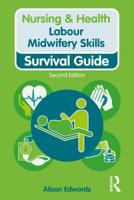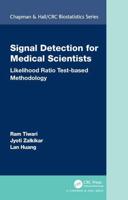Publisher's Synopsis
Malaria is an infectious disease that is widespread in tropical and subtropical regions. It infects between 300 and 500 million people every year and causes between one and three million deaths annually, mostly among young children in Sub-Saharan Africa. Malaria is not just a disease commonly associated with poverty, but is also a cause of poverty and a major hindrance to economic development. Malaria is one of the most common infectious diseases and an enormous public-health problem. Malaria is one of the most common infectious diseases and an enormous public-health problem. The disease is caused by protozoan parasites of the genus Plasmodium. The most serious forms of the disease are caused by Plasmodium falciparum and Plasmodium vivax, but other related species (Plasmodium ovale and Plasmodium malariae) can also infect humans. This group of human-pathogenic Plasmodium species are usually referred to as malaria parasites. Malaria parasites are transmitted by female Anopheles mosquitoes. The parasites multiply within red blood cells, causing symptoms that include fever, anaemia, chills, flu-like illness, and in severe cases, coma and death. Malaria transmission can be reduced by preventing mosquito bites with mosquito nets and insect repellents, or by mosquito control by spraying insecticides inside houses and draining standing water where mosquitoes lay their eggs. One of the most important recent advances in malaria research is the mapping of the Plasmodium falciparum genome. For the next five to ten years, until an effective vaccine is developed, malaria control will largely be dependent on vector control measures such as improvements in housing construction, source reduction, impregnated bednets, and residual insecticide treatment. This book presents leading-edge research in this field.












